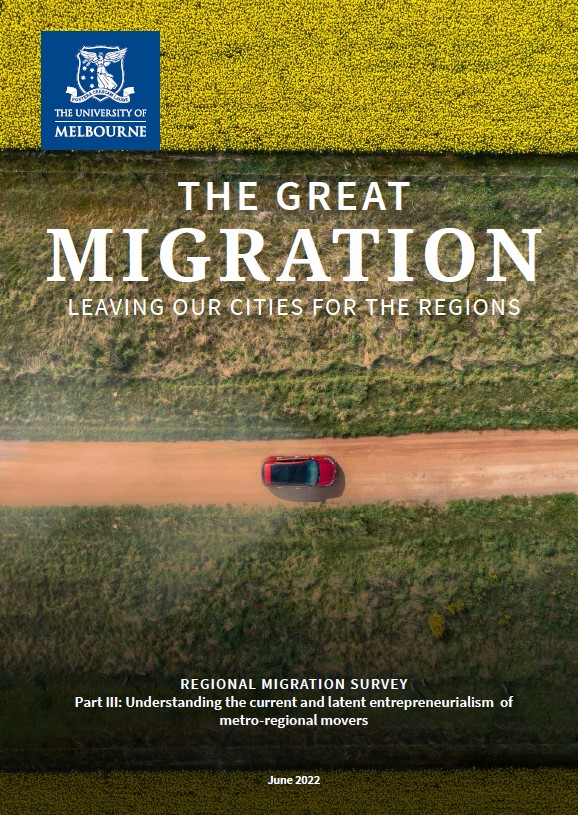Regional Migration
Understanding the significance of the movement of human capital to Regional Victoria
Since the COVID-19 pandemic began in early 2020, a lot of attention has been given to the internal migration patterns of city dwellers to regional Australia, the so-called ‘tree’ and ‘sea-changers’. But counter-urbanisation, the movement of people from the city to the regions, is not a particularly recent trend.
ABS internal migration data suggests that more people have been relocating to regional Australia and away from capital cities for at least the last twenty years. The pandemic, it seems, has simply amplified a well-established trend.
Prior research into internal migration patterns suggests that a sizeable proportion of these ‘sea’ and ‘tree changers’ will be highly skilled knowledge workers whose occupations lend themselves to remote work. Many will have moved into peri-urban regions that are within a two-hour commute of their office, making it possible for them maintain existing work ties whilst taking advantage of the amenity associated with a regional lifestyle.
One of the negative impacts of the internal migration trend has been the additional pressure placed on housing affordability and local service provision in the regions. Concerns about gentrification and the displacement of local residents are emerging, and there are fears that the recent acceleration of migration patterns might further entrench inequality in the regions.
Researchers at the Future of Work Lab are alert to these concerns and we’re trying to understand how the presence of increased levels of human capital in the regions might help ameliorate some of the negative impacts of internal migration.
For instance, we know that an agglomeration of human capital is associated with innovation and entrepreneurship. So, we’re curious to learn how newer arrivals might engage with local communities to foster innovation and take advantage of the emerging digital economy.
Email: peter.ghin@unimelb.edu.au


